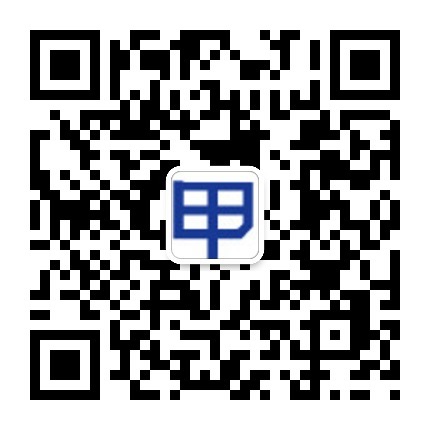The Internet of Things (IoT) refers to the network of physical devices, vehicles, appliances, and other objects embedded with sensors, software, and connectivity, which allows for the collection and exchange of data. This network allows these connected devices to communicate with each other and with humans, creating a seamless and interconnected ecosystem.IoT devices can range from smart home devices like thermostats and security systems to wearable devices, industrial machinery, and even vehicles. These devices are equipped with sensors and can collect and transmit data relating to their surroundings or users' behavior.The data collected by IoT devices can be analyzed to gain insights and make informed decisions. This data can be used to improve efficiency, optimize operations, streamline processes, and enhance the overall user experience.For example, in a smart home, IoT devices can be interconnected to create a smart home automation system. This system can allow homeowners to control various aspects of their home, such as temperature, lighting, and security, remotely through a mobile app. The devices can also learn from the user's behavior and automatically adjust settings to create a more comfortable and energy-efficient living environment.In an industrial setting, IoT devices can be used to monitor and optimize industrial processes. For example, sensors placed on machinery can collect real-time data on performance and identify any potential issues or inefficiencies. This data can be used to schedule preventive maintenance or make adjustments to improve productivity and reduce downtime.However, the widespread adoption of IoT also poses challenges. Concerns over data privacy and security are major considerations, as the large amount of data collected by IoT devices can be sensitive and valuable. Additionally, the interoperability of different IoT devices from various manufacturers can be a challenge, as there are currently no universal standards for IoT communication.

